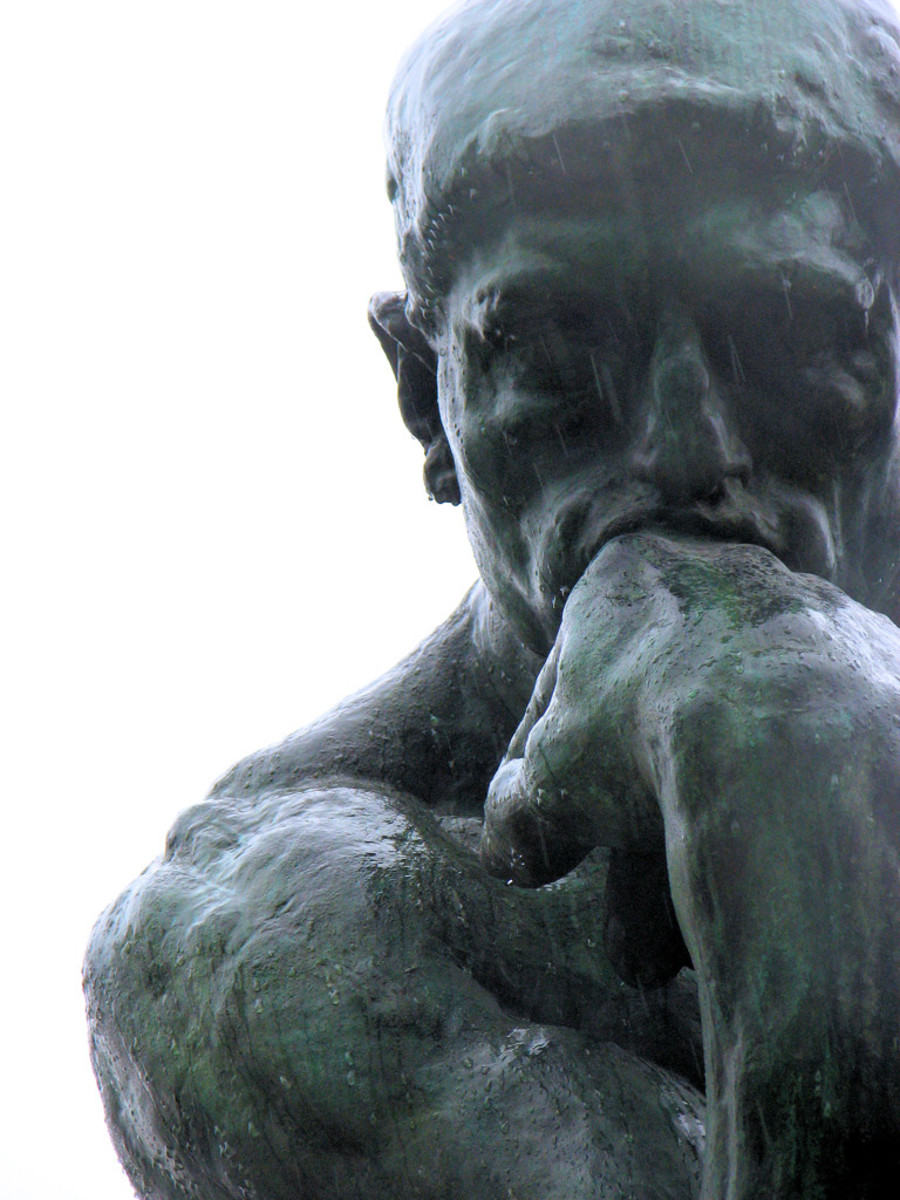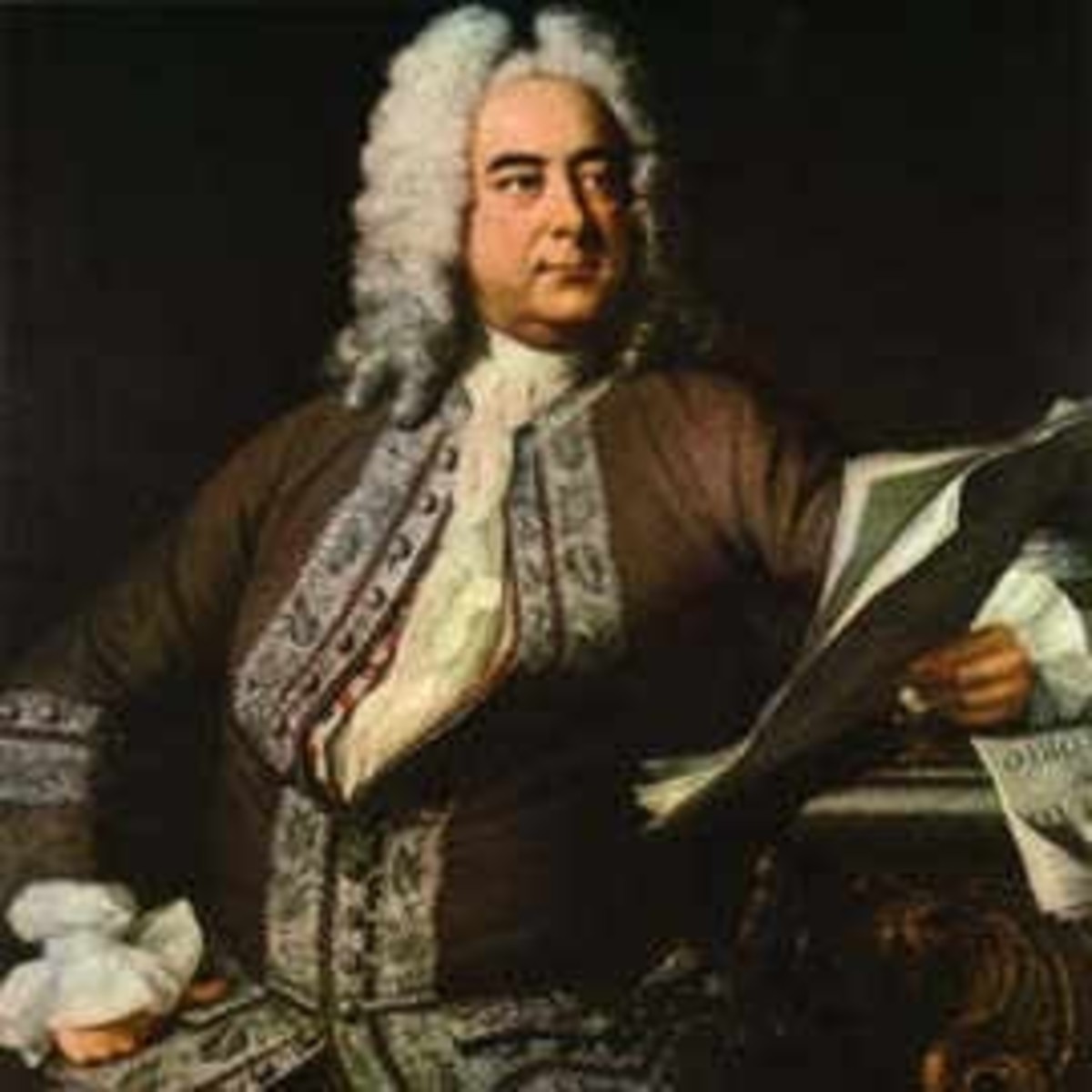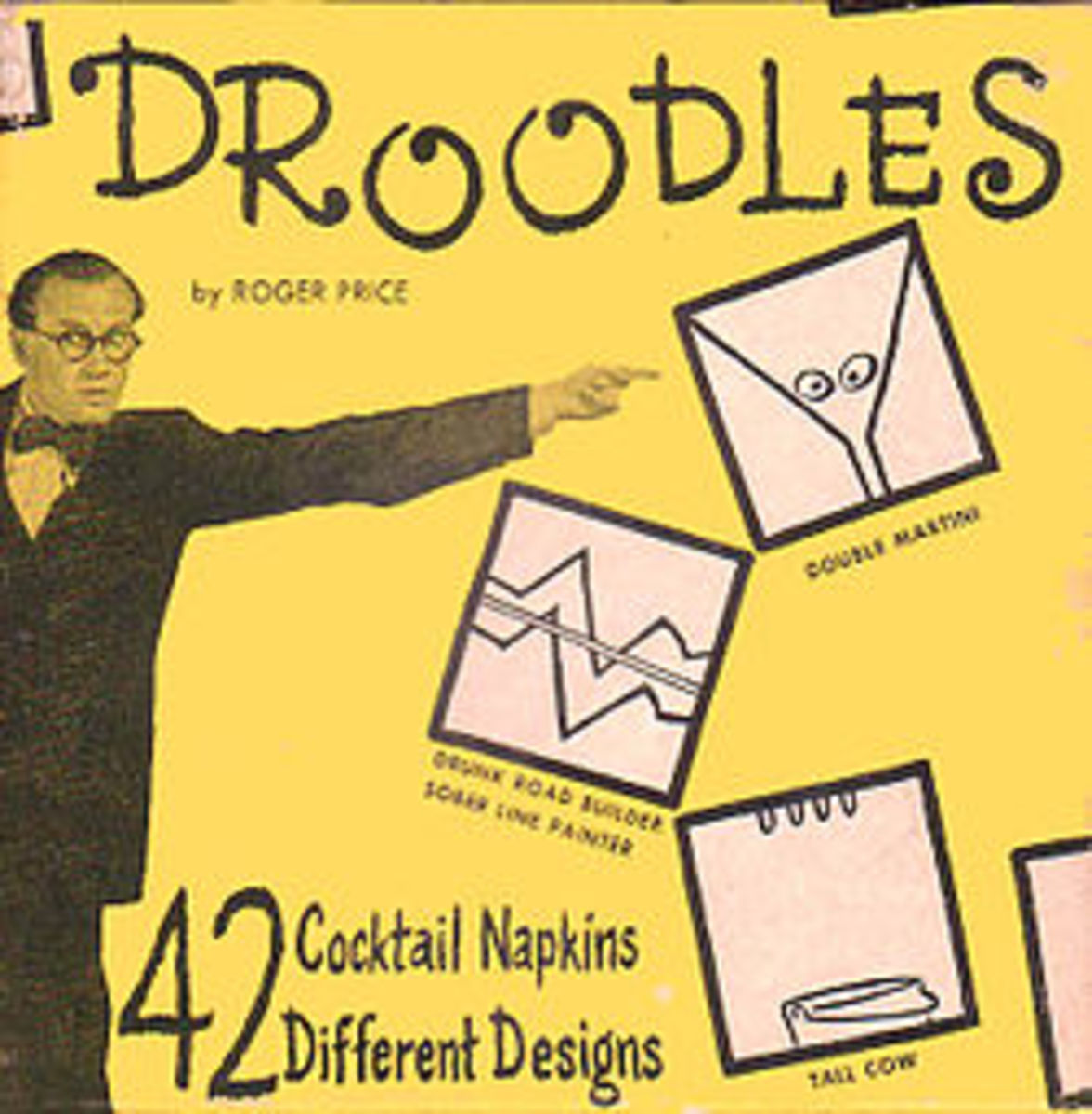Bakhtin and Lotman: a Comparative Study in Creativity and Critical Thinking

Mikhail Bakhtin and his successor Yuri Lotman were revolutionary thinkers in the humanities during the 20th century. Both began their academic careers as Russian Formalists, but they eventually transformed themselves into cultural theorists. In very different ways, both Bakhtin and Lotman responded to Kantian epistemological challenges while contributing to the overthrow of Saussurean linguistics, formalism, and structuralism (Hitchcock, P., 1998; Mandelker, A., 1994). Like Einstein’s theory of relativity, both Bakhtin and Lotman sought to radically transform the landscape of various topics in the humanities and develop new worldviews based on Organicism and Dialogism (Holquist, M., 1999). Given this theoretical foundation— Organicism and dialogism— contemporary theorists have further developed Bakhtin and Lotman's ideas testing the limits of their theoretical frameworks in topics such as diversity, multiculturalism, cultural diffusion, and relational dialectics (Aczel, R., 2001, 1998; Baxter, L., Montgomery, B., 1996; Hale, D., 1994; Hartley, J., 2015; Holquist, M., 2013). Their influence on contemporary worldviews such as Postmodernism and related areas of research such as Computer-Mediated Communication (CMC), television-film studies, eco-studies, and cell phone culture is also profound (Last, A., 2013; Bulavka, L., Buzgalin, A., 2004; Burton, S., 2000; Ibrus, I., 2015). Although Bakhtin and Lotman are not household names like Einstein or Edison, they are nevertheless creative geniuses that have had major impacts within the humanities with their revolutionary ideas.
Contributions to Society
Although Bakhtin and Lotman come from very similar backgrounds—both Russian academics living beneath the rule of Soviet Union communism— they worked in distant areas of study. Bakhtin’s scholastic focus was on literary studies and linguistics whereas Lotman focused on biology. Even so, the theoretical frameworks they ultimately contribute to society are not too different. In fact, Lotman drew inspiration for his revolutionary idea of the Semiosphere from Bakhtin’s idea of the Logosphere (Mandelker, A., 1994). These two concepts are perhaps the greatest contributions Bakhtin and Lotman offered to society because they sought to develop a dialogic understanding of the world during a time when monism and structuralism were at their heights.
Differences between Monism and Dialogism
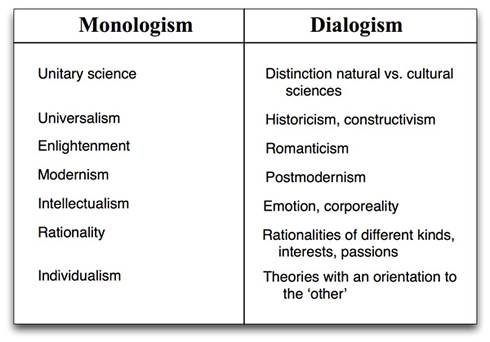
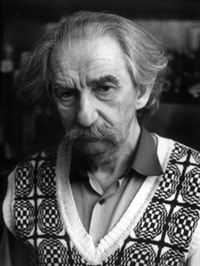
Bakhtin and Lotman: Their Problems and Solutions
Both Bakhtin and Lotman ultimately wrestle with Immanuel Kant’s unfinished epistemological philosophy. Their problems mostly concern the abstract questions about “the process of Being, or becoming, than about Being itself” (Hitchcock, pg. 512). Furthermore, both address the problem of space and time and expand on the Einsteinian theory of relativity (Brandao, A., 1984; Ibrus, I., 2015). Thus, perhaps the biggest hurdle for Bakhtin and Lotman was to open up and liberate hermeneutics from the constraints of formalism and structuralism.
The specific route Bakhtin took to establish his theory of dialogism is complex to follow. In fact, the disjunctive, fragmented, and contradictory nature of dialogism as the theory permeates into his unique style of writing (Hitchcock, 1998). Nevertheless, the collective concepts Bakhtin coined throughout his academic career such as heteroglossia, the chronotope, and the carnivalesque all essentially describe aspects of his idea of the Logosphere, of which is a worldview based on dialogism (Holquist, 1990; Macey, D., 2001). In other words, his collective ideas always seem to come back to the idea of dialogism whether he is talking about the construction/destruction of linguistics, self-identity, histro-cultural influences, or the author/reader relationship.
Lotman had the benefit of drawing his inspiration for his solution to the epistemological questions postulated by Kant from his predecessor Bakhtin. While Bakhtin mostly focused on the problems of the I-Other relationship in regard to individuals with his dialogic approach, Lotman took Bakhtin’s ideas to the next level: he focused on the I-Other Relationship in regard to groups of people from small communities to entire nations. In other words, while Bakhtin’s logosphere is emphasizes the part (the self), Lotman’s semiosphere becomes a whole (many selves). Ultimately, though, both stress the importance of space, interconnectivity, and multidimensionality in their solutions to Kant's epistemology (Holquist, M., 1999; Ibrus, I., 2015).
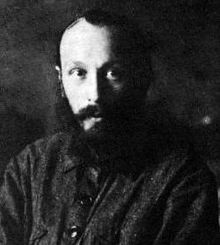
The Soviet Union
Both Bakhtin and Lotman were academics under the communist regime of the Soviet Union during the 20th century. Bakhtin lived long enough to experience Lenin’s revolution as well as the terror of Stalin; Lotman was alive and writing between the rule of Khrushchev to Gorbachev. Furthermore, the most prominent school of thought during the 20th century in Russian was formalism. Some of Bakhtin and Lotman’s contemporaries were Roman Jakobson, Victor Shklovsky, and Vladimir Propp (Bennett, T., 1979). Furthermore, the ideas of Marxist ideology were also very influential during this time as well. Some of the notable early 20th century Marxist thinkers that Bakhtin and Lotman may have encountered were Georg Lukas, Antonio Gramsci, and Louis Althusser (Bennett, T., 1979).
The basic philosophies of communism—and its political manifestations into Leninism, Stalinism, and Bolshevism—were very similar to the basic philosophical foundations for formalism, structuralism, and monism. Essentially, any hermeneutics was dissolved into simple binary oppositions in which one side was always superior: there were right or wrong interpretations for art. Also, there was a particularly heavy emphasis on the unification of a piece of art. Bakhtin was one of the very first thinkers to challenge Russian formalism on the basis that “[he is] against the enclosure in a text” and that “a code [of interpretation] is a deliberately established, killed context” (Mandelker, A., pg. 386). Lotman bravely agreed later saying "the conscious psyche is a socioideological fact" (Mandelker, A., pg. 386). To make such claims was to shake literally the foundation of communism. The consequences could have been deadly.
Their Creative Processes: Critical Theory
Another interesting similarity between Bakhtin and Lotman is their creative processes. Despite coming from largely unrelated areas of study (literature and biology), they nevertheless had a very similar way of approaching semiotic theory. For instance, they both searched for the roots of questions by going back to Kant, and they both identified the hurdles of overcoming formalism and Marxism. Although Bakhtin gave Lotman a good foundation to begin with—Lotman did acknowledge that the “dialogic sphere [is] where the word exists” (Mandelker, A., 1994)— they still ended up with uniquely different theoretical frameworks.
Even more fascinating, however, is that they both chose the medium of critical theory as their way to express their ideas to the world. Critical theory, as Macey understands it, is “a house that could provide shelter from empiricism” and even help scholars fight “dialectic enlightenment,” or the tyranny of enlightenment principles (Macey, 2001). Thus, Bakhtin and Lotman were drawn to the medium of critical theory because their ideas were essentially creative critiques of traditional logical notions. In other words, they seemed to undermine the idea of common sense by challenging cultural assumptions and inside-the-box thinking.
Their Ideas and Their Legacies
Ultimately, the critical theories postulated by Bakhtin and Lotman radically altered the landscape of many fields of study. They also influenced the development of brand-new fields of study in the humanities. Specifically, they collectively achieved their goal that was to develop a dialogic understanding of epistemology. As a result, they reinvented the understanding of many concepts such as the I-Other relationship in regard to individuals and cultures (among many other examples) while setting the stage for postmodernism, cultural studies, multiculturalism and digital age studies. Many scholars today would like to reconcile some of the minor differences between Bakhtin and Lotman, in particular, they would like to deconstruct Lotman’s theory so it is more compatible with dialogism while retaining its Organicism. In fact, John Hartley’s “Urban semiosis: Creative industries and the clash of systems” (2015), aptly accomplishes this difficult task by exploring the “productive potential of encounters—clashes—between different systems” (Hartley, pg. 79).

References
Aczel, R. (1998). Hearing voices in narrative texts. New Literary History (vol. 29, iss. 3). Retrieved from ProQuest.
Aczel, R. (2001). Understanding as overhearing: Towards a dialogics of voice. New Literary History (vol. 32, iss. 3). Retrieved from ProQuest.
Brandao, L. (1984). Chronotope. Problematizing Global Knowledge—Time. Retrieved from ProQuest.
Bulavka, L., Buzgalin, A. (2004). Bakhtin: The dialectics of dialogue versus the metaphysics of postmodernism. Russian Studies in Philosophy (vol. 43, iss. 1). Retrieved from ProQuest.
Burton, S. (2000). Paradoxical relations: Bakhtin and modernism. Modern Language Quarterly (vol. 63, iss. 3). Retrieved from ProQuest.
Baxter, L. A., & Montgomery, B. M. (1996). Relating: Dialogues and dialectics. New York:Guilford.
Bennett, T. (1979). Formalism and marxism. New York, NY: Routledge.
Hale, D. (1994). Bakhtin in african american literary theory. ELH (vol. 61, pgs. 445-471). Retrieved from JSTOR.
Hartley, J. (2015). Urban semiosis: Creative industries and the clash of systems. International Journal of Cultural Studies (vol. 18, iss. 1, pgs. 79-101). Retrieved from ics.sagepub.com
Hitchcock, P. (1998). Introduction: Bakhtin/”Bakhtin.” The South Atlantic Quarterly (vol. 97, iss. 3). Retrieved from ProQuest Central.
Holquist, M. (1999). Bakhtin and rabelais: Theory as praxis. Retrieved from ProQuest.
Holquist, M. (1990). Dialogism: Bakhtin and his world. New York, NY: Routledge.
Holquist, M. (2013). The impossibility of being faithful: The metaphor of textual constancy and the illusion of linguistic monism. Neohelicon (vol. 40). Retrieved from ProQuest.
Ibrus, I. (2015). Remembering and reinventing juri Lotman for the digital age. International Journal of Cultural Studies (vol. 18, iss. 1, pgs. 3-9). Retrieved from ics.sagepub.com
Last, A. (2013). Negotiating the inhuman: Bakhtin, materiality, and the instrumentalization of climate change. Theory, Culture, & Society (vol. 20, iss. 2). Retrieved from ProQuest.
Macey, D. (2001). Dictionary of critical theory. New York, NY: Penguin Group.
Mandelker, A. (1994). Semiotizing the sphere: Organicist theory in lotman, bakhtin, and vernadsky. Publications of the Modern Language Association of America (vol. 109, iss. 3, pgs. 385-396). Retrieved from ProQuest Central.







